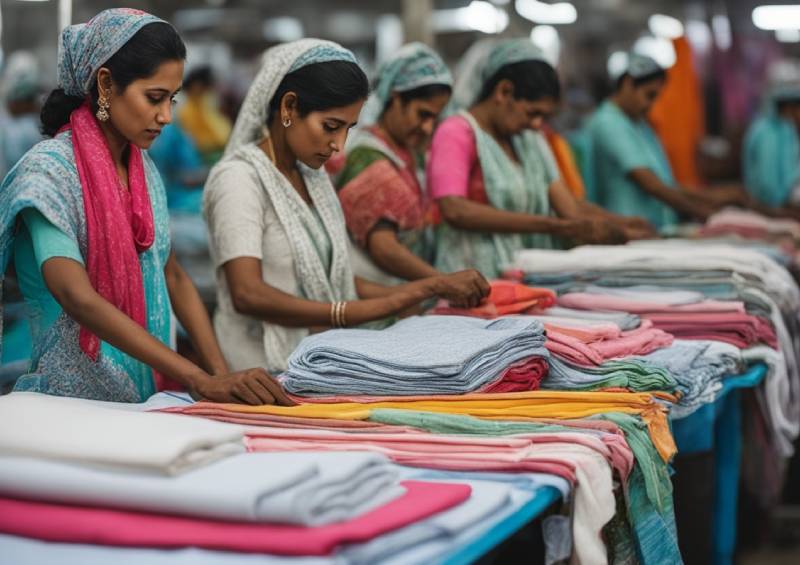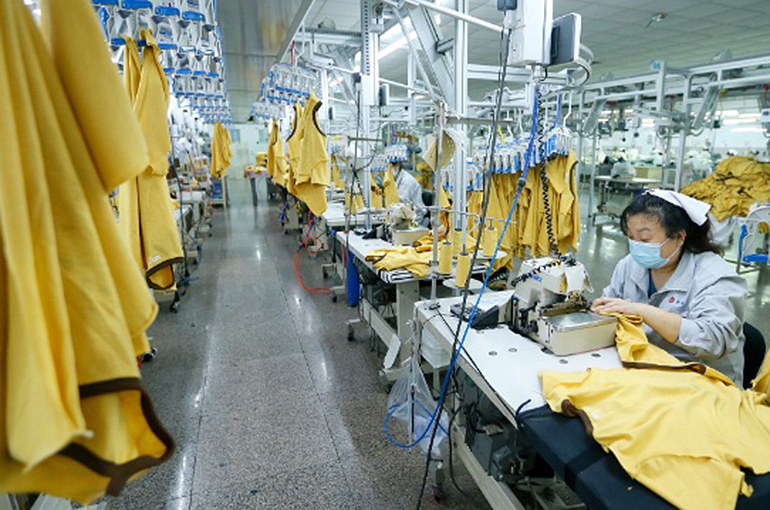 COVID-19 outbreak and a no-deal Brexit may prove to be a double whammy for the UK fashion industry as domestic brands will face burdensome intellectual property laws and labeling requirements and the exit of the EU preferential trading zone will make nearshoring more expensive.
COVID-19 outbreak and a no-deal Brexit may prove to be a double whammy for the UK fashion industry as domestic brands will face burdensome intellectual property laws and labeling requirements and the exit of the EU preferential trading zone will make nearshoring more expensive.
New for renegotiating supply terms
International brands operating in the UK currently face 8-12 per cent tariffs on their fashion imports while domestic brands face 6 -12 per cent duties, reports Vogue Business. Post Brexit, the government plans to scrap tax-free shopping for international visitors. As per estimates by the British Fashion Council and Oxford Economics, this may result in UK fashion industry’s revenue dipping by up to a quarter this year. It may also increase fashion prices across the country, crippling demand further. To avoid significant costs and delay, brands will have to negotiate with material suppliers, logistics firms and customs agents even though it may seem a bit overwhelming given the current economic pressures.
To continue trading with the EU post Brexit, UK brands will need to process new documents and follow new protocols, including obtaining a registration and identification number known as an EORI. Once they have an EORI, they would have to gather the relevant paperwork and forms to move goods across the border. For this, they would also have to collaborate with partners including suppliers and freight companies.
number known as an EORI. Once they have an EORI, they would have to gather the relevant paperwork and forms to move goods across the border. For this, they would also have to collaborate with partners including suppliers and freight companies.
Monitoring contract terms
Besides tariff codes and export documentation, brands would also have to consider diverging rules on data protection, labeling and intellectual property besides checking contracts to ensure that the same terms apply once the UK leaves. Small and medium-sized brands can dampen price-increases by reaching a zero-tariff deal.
To avoid unnecessary transportation of goods, fashion retailers across price points are increasing their share of European warehouse space and directing goods shipped from Asia to Europe. International brands are familiarizing themselves with customs procedure as they are likely have a presence outside Europe in future.
The final straw
In January, the UK government plans to end tax-free shopping that allows tourists from outside EU to claim back 20 per cent of the cost of luxury purchases. This may encourage tourists to choose Paris and Milan over London for their international shopping. Brands may also face a two-delay in getting goods over the border.
Other complications that brands may face include the rules of origin as goods manufactured across the borders of Europe and its Mediterranean neighbors like Morocco, Turkey and Tunisia will no longer be duty-free after entering the UK. To deal with this, brands will have to prepare themselves to face the worst. However, with many companies currently being at a risk of shutting down, Brexit may prove to the final nail in the coffin for European fashion.











